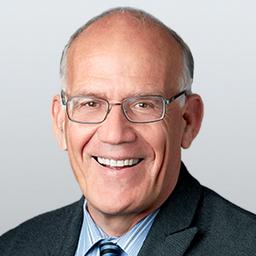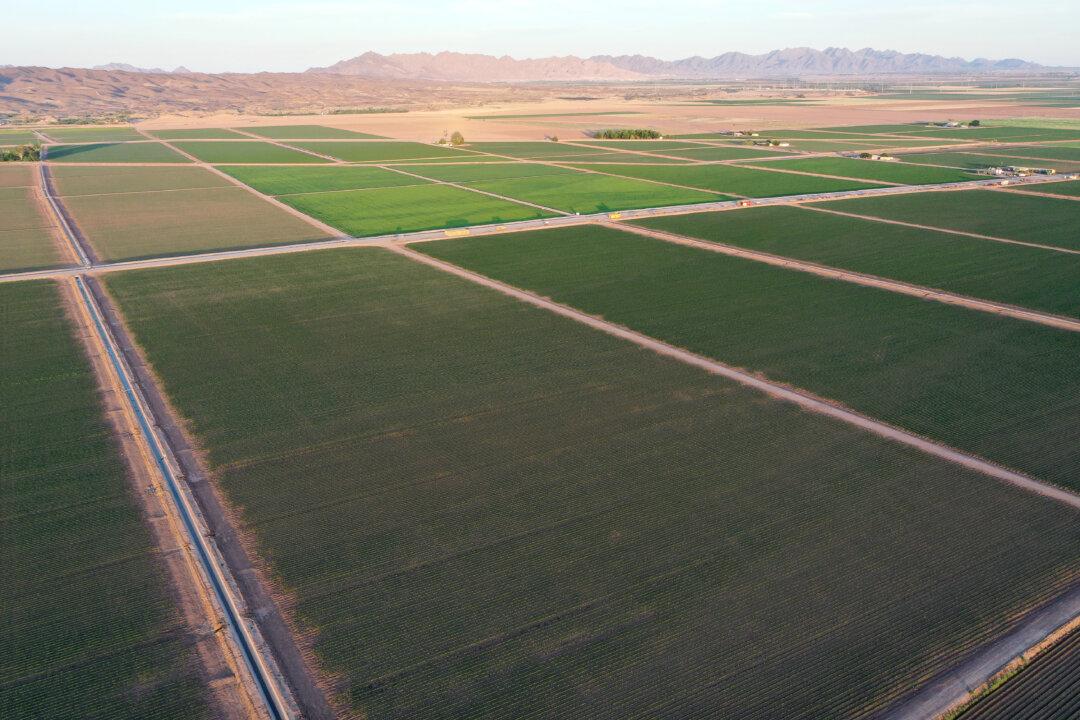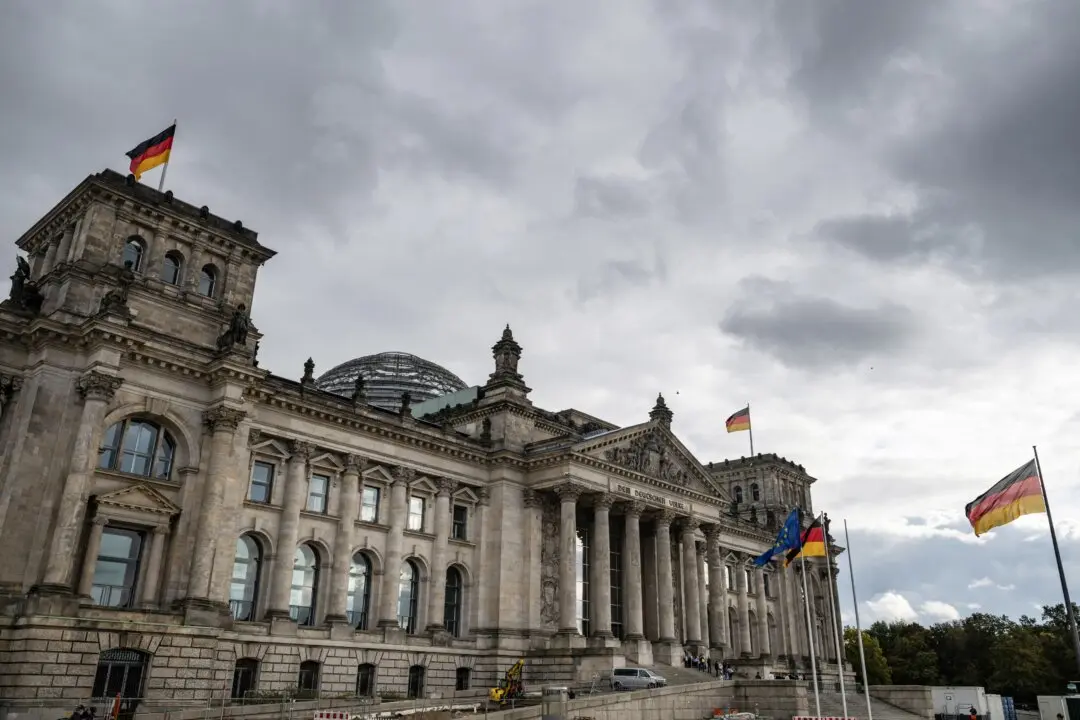When the original strain of COVID-19 arrived in spring 2020, a pandemic soon swept the country.
By far most survived COVID. But hundreds of thousands did not. American deaths now number well over 1 million.
Amid the tragedy, there initially was some hope that the pernicious effects of the disease would all disappear upon recovery among the nearly 99 percent who survived the initial infection.
Vaccinations by late 2020 were promised to end the pandemic for good. But they did not. New mutant strains, while more infectious, were said to be less lethal, thus supposedly resulting in spreading natural immunity while causing fewer deaths from infection.
But that too was not quite so.
Instead, sometimes the original symptoms, sometimes frightening new ones, not only lingered after the acute phase, but were of increased morbidity.
Now two-and-a-half years after the onset of the pandemic, there may be more than 20 million Americans who are still suffering from what is currently known as “long COVID”—a less acute version but one ultimately as debilitating.
Some pessimistic analyses suggest well over 4 million once-active Americans are now disabled from this often-ignored pandemic and out of the workforce.
Perhaps 10-30 percent of those originally infected with COVID-19 have some lingering symptoms six months to a year after the initial infection. And they are quite physically sick, desperate to get well, and certainly not crazy.
So far, no government Marshall plan exists to cure long COVID.
While we know the nature of the virus well by now, no one fathoms what causes long COVID’s overwhelming fatigue, flu-like symptoms, neuralgic impairment, cardiac and pulmonary damage, and an array of eerie problems from extended loss of taste and smell to vertigo, neuropathy, and “brain fog.”
“Post-viral fatigue” has long been known to doctors. Many who get the flu or other viruses like mononucleosis sometimes take weeks or even months to recover after the initial acute symptoms retire.
But no one knows why long COVID often seems to last far longer and with more disability.
Is its persistence due to one theory that SARS-CoV-2 is a uniquely insidious, engineered virus? Or do vaccines and antivirals only help to curb infection, while possibly encouraging more unpredictable mutations?
Who gets long COVID, and why and how is, to paraphrase Winston Churchill, “a riddle, wrapped in a mystery, inside an enigma.”
Those who nearly die from acute COVID-19 can descend into long COVID. But then again so can those with minimal or few initial acute symptoms.
The obese with comorbidities are prone to long COVID, but triathletes and marathon runners are, too.
The elderly, the mature, the middle-aged, adolescents, and children can all get long COVID. Those with down-regulated and impaired immune systems fight long COVID. But then again so do those with up-regulated and prior robust immunity, as well as people with severe allergies.
Since early 2020, no one has deciphered the cause, although numerous Nobel Prizes await anyone who unlocks its mysteries.
Does a weakened but not vanquished SARS-CoV-2 virus hide out and linger, causing an unending immune response that sickens patients?
Or does COVID-19 so weaken some long-haulers to the degree that old viruses, long in remission, suddenly flare up again, sickening the host with an unending case, of say, mononucleosis?
Or is the problem autoimmunity?
Is there something unique to the nature of COVID-19 that damages the vital on-and-off buttons of the immune system, causing the body to become stuck in overdrive, as it needlessly sends out its own poisons against itself?
Without knowledge of what explains long COVID, it is hard for researchers to find a cure.
After all, is the answer to slow down the immune system to dampen the immune storm, or to enhance it to root out lingering viruses?
Do more vaccines help or worsen long COVID?
Is the solution some magical new drug, or discovering off-label uses of old, reliable medicines?
Can a good diet, moderate exercise and patience finally wear out long COVID? Or is its course too unpredictable or near permanent and chronic?
Is long COVID a single phenomenon, or a cluster of maladies, each manifesting according to one’s own genetic makeup, particular history of past illness, and unique reaction to the initial infection?
If we have few answers, we do have an idea about the costs.
Long COVID may be one of many reasons why in a recession, labor paradoxically still remains scarce. Millions likely stay home in utter disbelief that they are still battling long COVID. Others isolate in deadly fear of getting either the acute or chronic form of the illness.
The social costs to America of this hidden pandemic in lost wages and productivity, family and work disruption, and expensive medical care are unknown.
But they are likely enormous, still growing—and mostly ignored.





